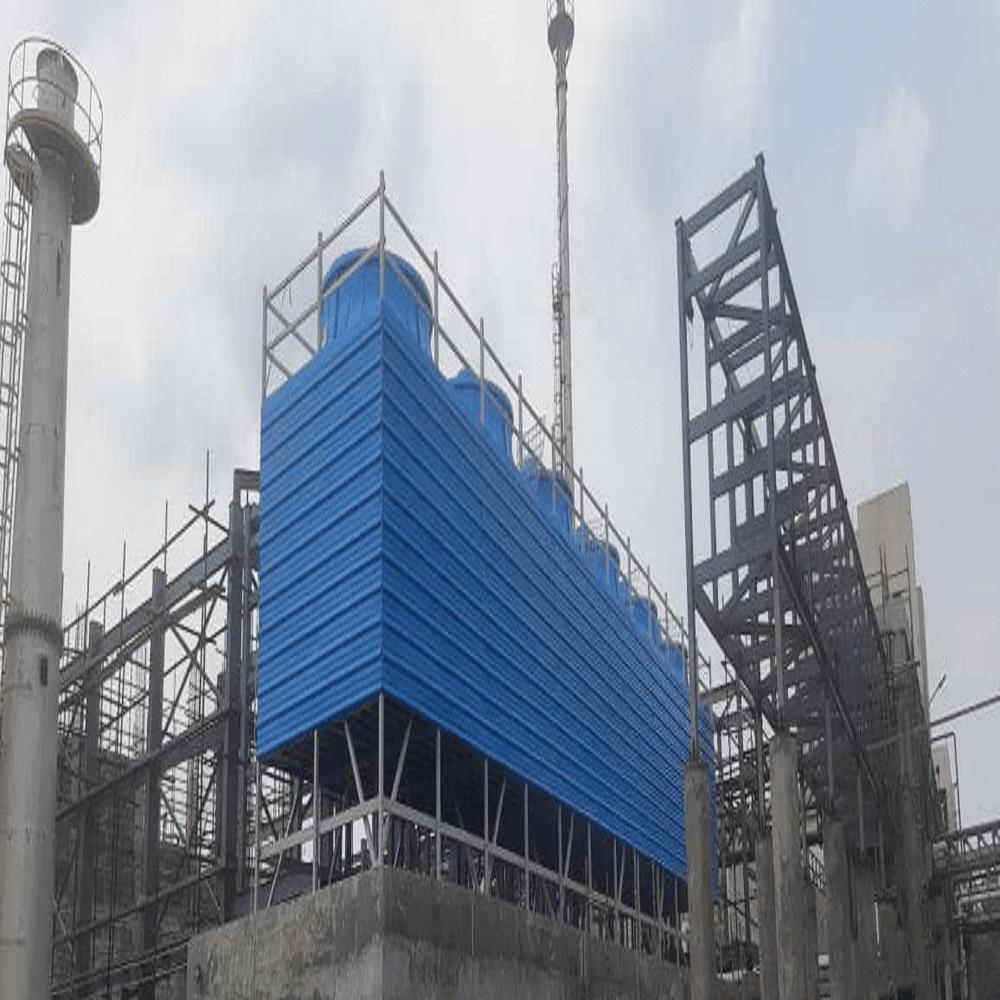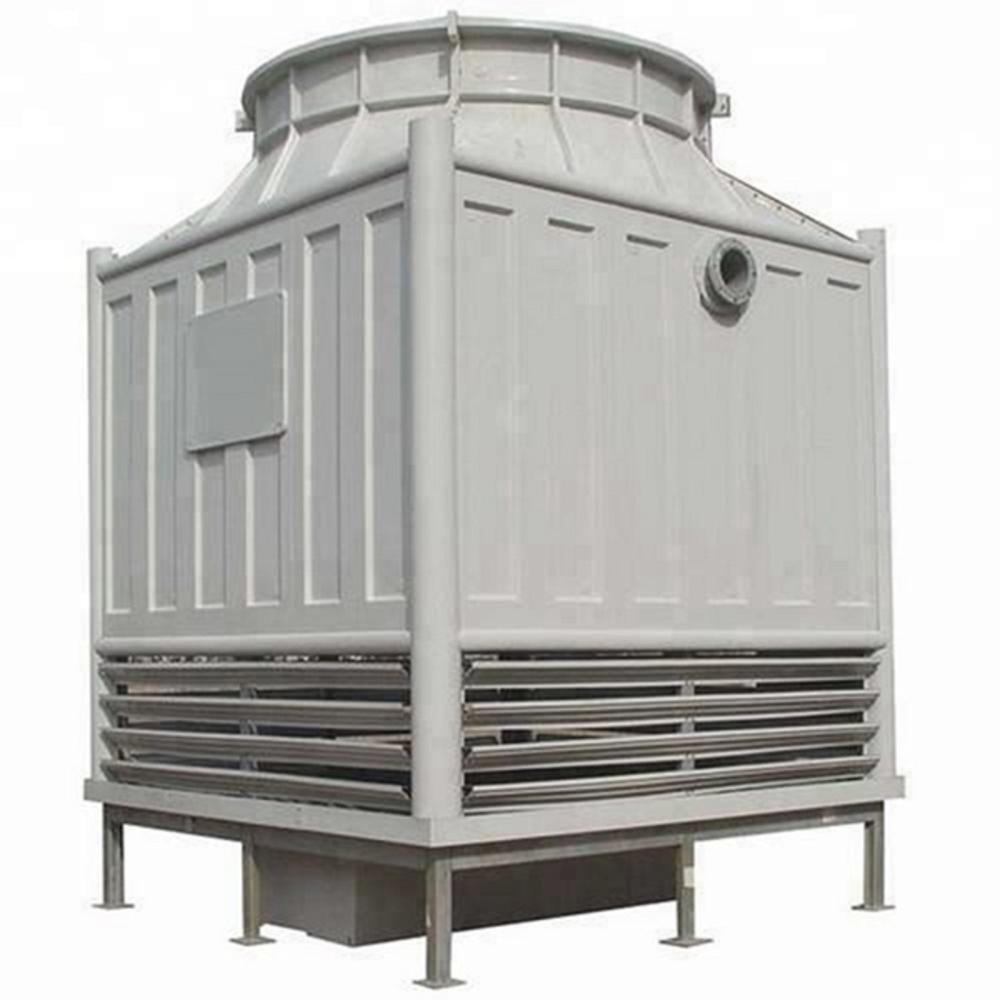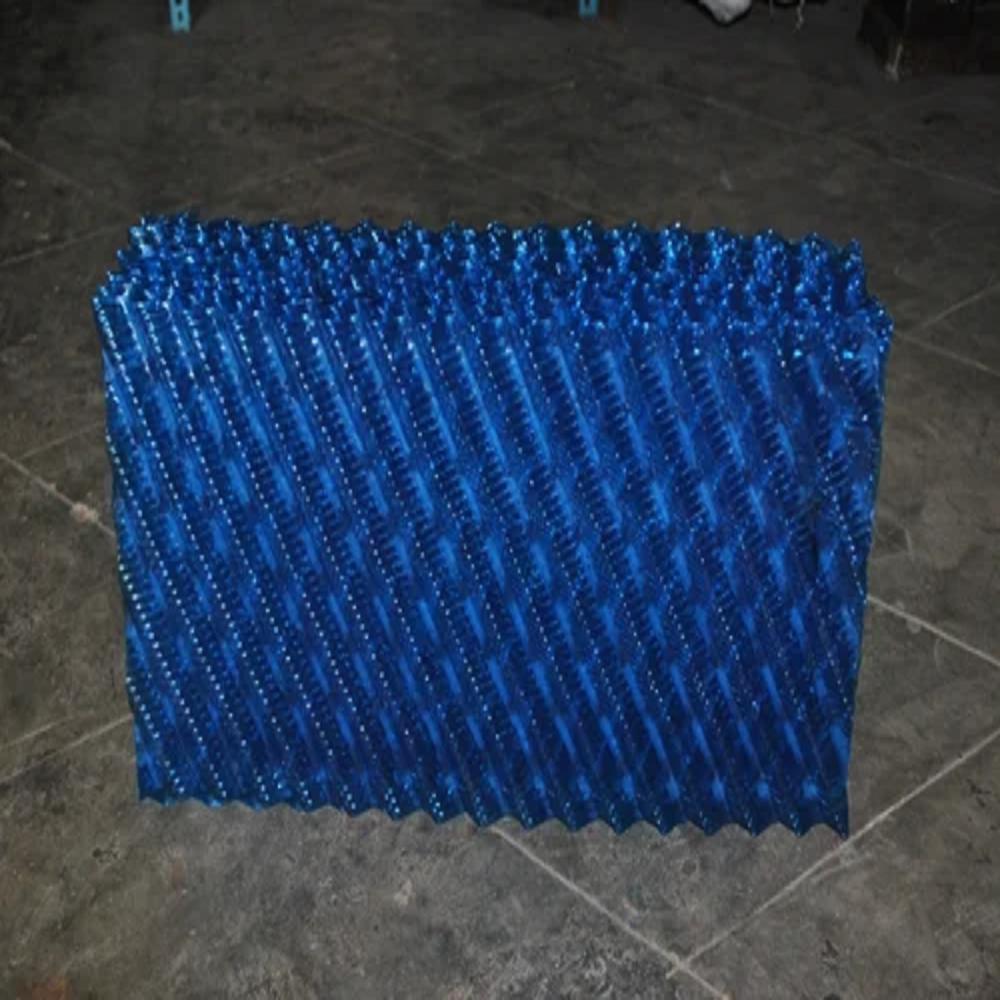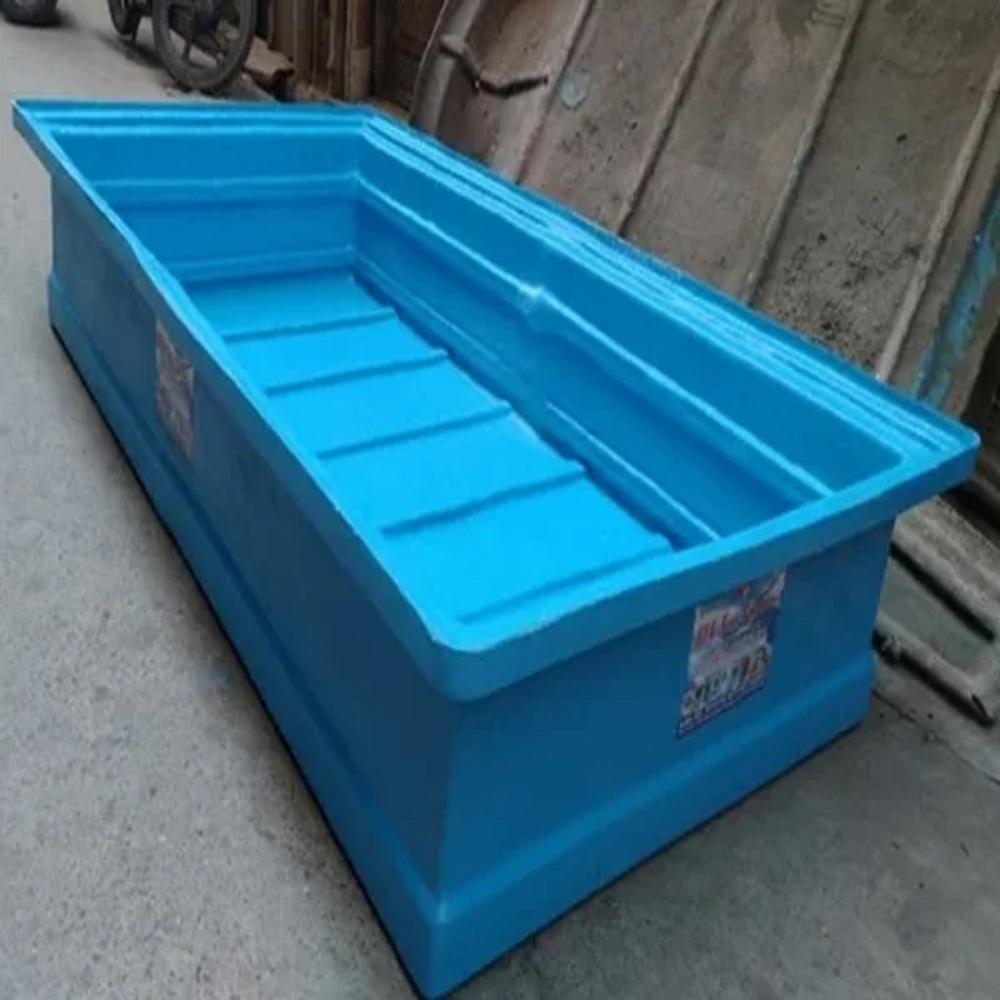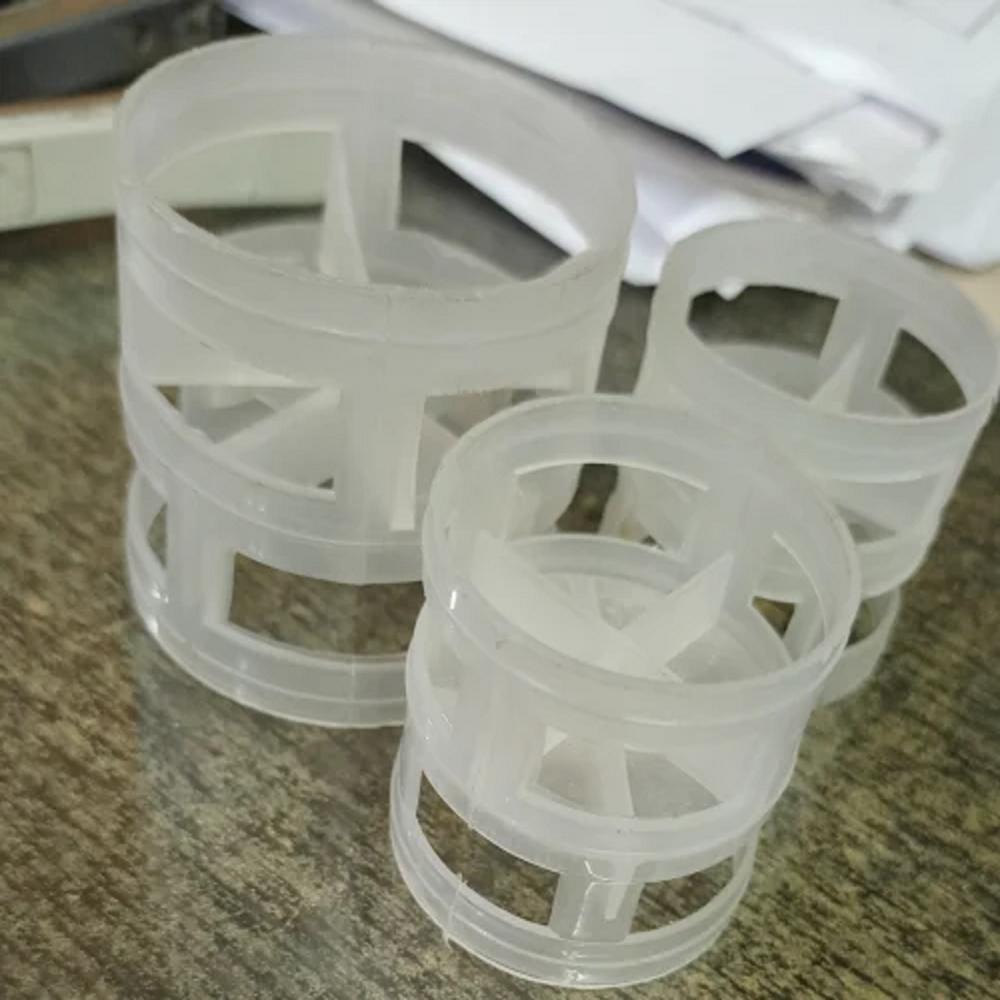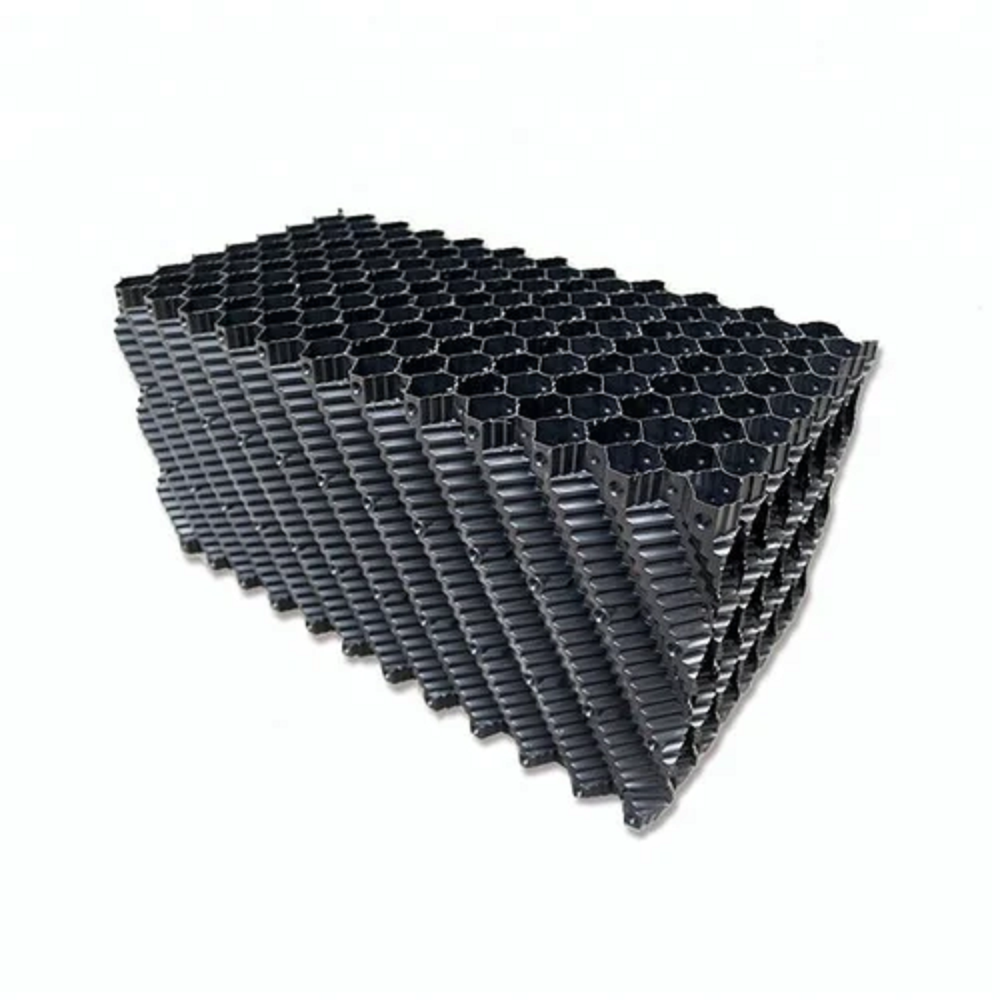FRP Materials for cooling towers
Product Details:
- Usage industrial
- Material FRP
- Product Type FRP Materials for cooling towers
- Power Supply electrical
- Warranty yes
- Click to View more
FRP Materials for cooling towers Price And Quantity
- 100 Number
- 100000.0 INR/Number
FRP Materials for cooling towers Product Specifications
- electrical
- industrial
- yes
- FRP Materials for cooling towers
- FRP
FRP Materials for cooling towers Trade Information
- Cash in Advance (CID)
- 30 Number Per Month
- 2 Week
- All India
Product Description
FRP (Fiberglass Reinforced Polymer) cooling towers are a popular choice for industrial cooling applications due to theirlightweight, durable, corrosion-resistant, and low-maintenance nature, making them ideal for harsh environments.
Here's a more detailed description:
What is FRP?
- FRP is a composite material made of a polymer matrix reinforced with fibers, often glass fibers.
- It's also known as fiberglass reinforced polymer (FRP) or glass fiber reinforced plastic (GRP).
Why use FRP in cooling towers?
- Corrosion Resistance:
FRP excels in resisting corrosion from water, chemicals, and harsh weather conditions, unlike traditional materials like wood, concrete, or steel/aluminum.
- Durability:
FRP cooling towers have a long service life and require minimal maintenance due to their resistance to rot, rust, and degradation.
- Lightweight:
FRP is lightweight, which can simplify installation and reduce structural support requirements.
- Strength:
FRP offers a high strength-to-weight ratio, making it a robust material for cooling tower structures.
- Low Maintenance:
The non-corrosive nature of FRP means less maintenance is required, reducing operational costs.
- Versatility:
FRP can be molded into various shapes and sizes, allowing for customized cooling tower designs.
- Cost-Effectiveness:
FRP cooling towers can be more cost-effective in the long run due to their durability and low maintenance needs.
Examples of FRP Components in Cooling Towers:
- Casing panels:
FRP panels form the exterior of the cooling tower, protecting the internal components.
- Fill:
FRP can be used for the fill material, which is designed to maximize heat transfer efficiency.
- Grids and gratings:
FRP is used for walkways, ladders, and other structural components that need to withstand harsh conditions.
- Fans:
FRP can be used for fan blades, which are lightweight and resistant to corrosion.
- Motors:
FRP can be used for motor housings, which are resistant to corrosion and moisture.

Price:
- 50
- 100
- 200
- 250
- 500
- 1000+

